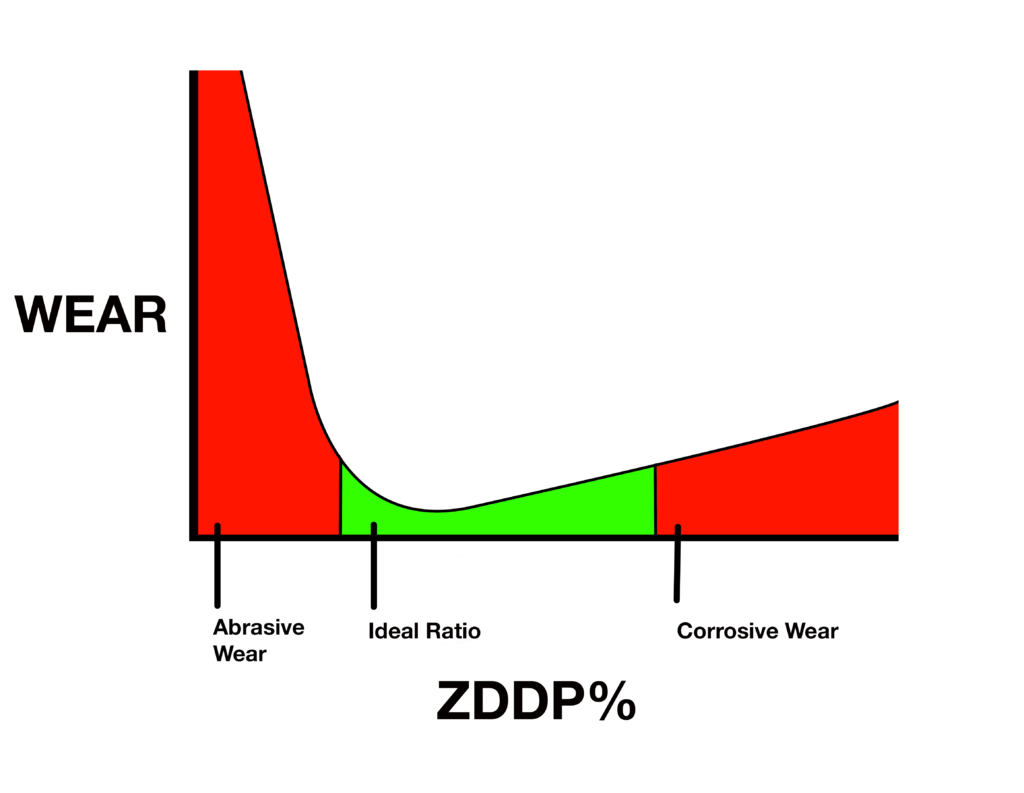I can lend my Brown and Sharpe, stamped "USA" telescoping gauges if anyone needs them; USPS small box. Lifter bores, cylinder bores, etc. I also have a nice Starrett combination square. The rule and the head on the combination square are good enough on most combination squares for measuring planes if you place a feeler gauge under them - you might need to remove burrs from improper tool handling, but, they usually work for shadetree mechanic purposes.
An old trick that a I learned from a Navy machinist was using a cigarette paper to feel out .001-inch. If you place the paper in a space and you are pulling it and the paper rips it tells you quite a bit more than noticing slight resistance on a metal feeler gauge. We could find where a part was in a milling machine vise by mounting an exact size pin in the spindle of a milling machine, and moving the table until the drag of the paper was enough to tear it against the part in the vice. I could see using the paper in the bore of the block, in conjunction with a telescoping gauge, to get a better sense of the size and roundness of the lifter bores. When you simply set the telescoping gauges, you have to do a careful dance to not collapse them against the sides of the bore, having that paper in there would tell me how tight it is set without moving/wiggling the actual tool to find out. Then once your telescoping gauge is totally set tight, then carefully remove it from the bore. Check the size between the two convex plungers on the bench with your calipers, or micrometer (preferred for greater precision), accounting for the .001" of the cigarette paper. I can also lend out an up to 1" micrometer, or a 1"-2"micrometer.


